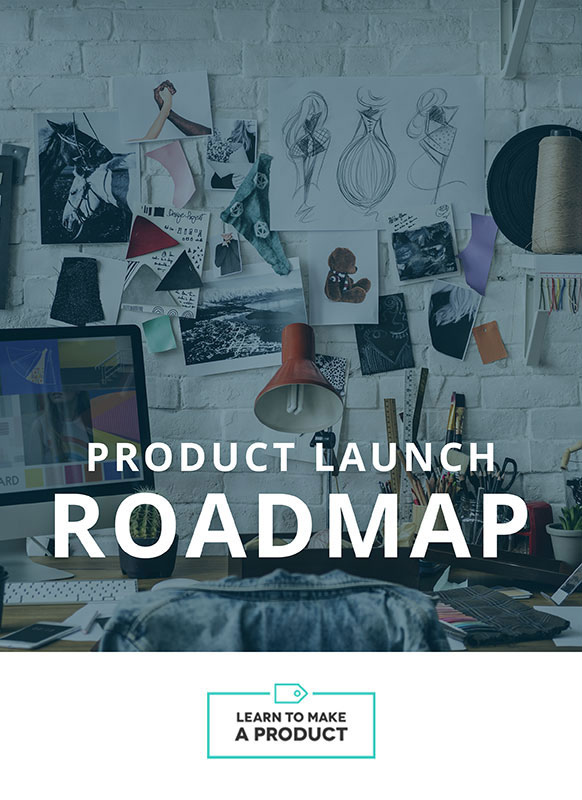This article originally appeared on our Forbes blog
An Interview with Danielle Kayembe
Danielle Kayembe is a futurist and the founder of GreyFire Advisory.
Have you heard the term coded patriarchy? According to Danielle Kayembe, founder of GreyFire Advisory and author of the white paper ‘The Silent Rise of the Female-Driven Economy’, it’s a phenomenon that impacts nearly every aspect of a woman’s waking life. Since the majority of our everyday products and systems are designed by and for men — to the exclusion of women’s unique needs, biology, and wants –our reality is in fact male-centric, says Kayembe.
Instances of patriarchal coding can be found in buildings, technology, and consumer products. For example, building doors are typically engineered for the tensile strength of men, making it difficult for some women to open them. None of the most popular health tracking apps (Apple, Fitbit, Nike) included a way for women to track their monthly cycles at release, despite the fact that most users of these devices are women and periods are a fundamental component of women’s health. Other consequences are more sobering. When airbags were first introduced, hundreds of women and children were injured and killed because the companies who launched them had only thought to test them on the male body.
While such observations may seem negative, Kayembe posits there is a huge, untapped potential in the market for women-centered innovation (WCI): products and services that are not just marketed to women, but created by them too. Women designers and entrepreneurs have an innate ability to understand the pain points and aspirations of female consumers and thus drive new types of innovation, disruption, and brand loyalty. Or as Kayembe puts it, “Every woman, by virtue of her lived experience, is now a walking hub of multi-million dollar business ideas.”
Globally it’s estimated that women make 85% of consumer spending decisions, and when united as a market, represent the world’s second largest GDP. In the US they control roughly 50% of personal wealth ($14 trillion in assets!) and are the primary breadwinners in over 40% of households. Yet despite possessing substantial decision-making and buying power, only 2% of venture funding is given to women-led companies. According to Kayembe, this disconnect represents “the largest arbitrage opportunity in the market today.”
The tendency of today’s investors to overlook and underfund female entrepreneurs may well be changing. Kayembe predicts that as the most successful female-founded companies reach liquidity (IPO’s or acquisitions), “a new ecosystem will form.” Namely, female investors will launch their own funds, invest in companies that sell products and services they are familiar with, and actively seek out women-led companies to support. Instead of having to depend entirely on the current venture capital network, they will create their own, comprised of WCI-friendly investors and companies.
If this shift does in fact play out, other factors are likely to ignite the success of WCI. One is that women are known for sharing products they love with other women, a behavior enhanced greatly by the use of social media (which women engage in 62% more than men). The second is that millenials are buying more from smaller companies and choosing value-based brands over traditional heritage brands. The Boston Consulting Group estimates that large companies have lost $18 billion in sales to small businesses in the 5-year period ending in 2014. Both of these social trends lend themselves to the rise of female-driven products and services.
It’s easy to see the world as static, and to view people as too entrenched in their ways to create seismic change. Especially since coded patriarchy is potentially thousands of years in the making! But Kayembe sums it up best: “The darlings of the business world shifted from middle-aged men in Brooks Brothers suits, to college dropouts in hoodies — it’s about to shift again.”
